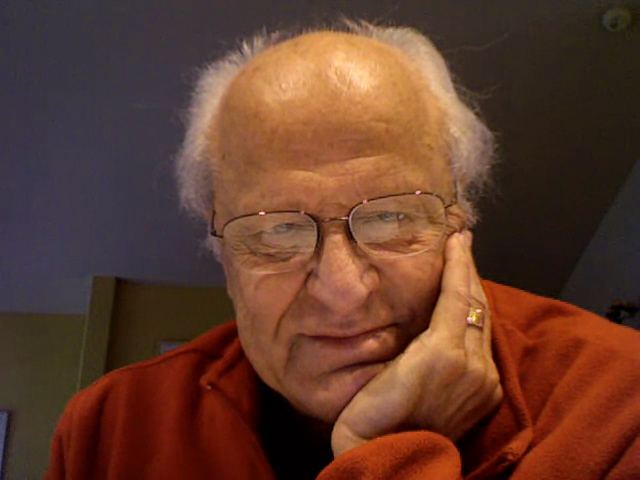Name David LaBerge | ||
 | ||
Books Attentional Processing: The Brain's Art of Mindfulness | ||
David LaBerge (born 1929) is a neuropsychologist specializing in the attention process and the role of apical dendrites in cognition and consciousness.
Contents
Early life and education
David LaBerge was born in St. Louis, Missouri and received his undergraduate degree from the College of Wooster, his MA degree from Claremont University and his PhD degree Stanford University.
Career
Dr. LaBerge has taught at Indiana University, Bloomington, University of Minnesota, and University of California at Irvine from 1955 until 1997. He was also a member of the adjunct faculty in psychology and biology at Bard College at Simon's Rock from 1997-2007 and was a Visiting Scholar at the University of Washington, Seattle from 2009 - 2011.
Honors
Distinguished Teaching Award, College of Liberal Arts, University of Minnesota; University of Minnesota Students Association Distinguished Service Award. Fellow, Society of Experimental Psychologists. Fellow AAAS. Fellow American Psychological Association. Fellow, American Psychological Society. Member Society for Neuroscience.
Research
1. Mathematical models of choice behavior.
A model for neutral elements (1959a, b) provided a way to represent noise elements in the Estes and Burke (1953) choice theory. A recruitment model for choice behavior (1962, 1994) assumes that processing a stimulus involves the recruiting (or accumulation) of elements by alternative response counters until a criterion number is reached and the corresponding response is evoked.
2. Early experiments of attention in response time experiments.
Stimulus processing is biased by relative frequency of presentation (1964), by incentive value (1967), and by inserting an informative cue into a trial (1970).
3. Studies of automaticity.
Measurement of automatic processing (1973a). A theory of automaticity in reading (1974) with S.J. Samuels. A theory of automaticity in perception (1975).
4. Measuring the spread of attention in visual space (1983, 1989).
5. Shifting attention by sense modality (1973b) and across visual space (1997).
6. Studies of thalamic involvement in selective attention.
A brain scan study of the human pulvinar during sustained selective attention (1990) with Monte Buchsbaum. A neural network simulation study of thalamic circuit operations in selective attention (1992).
7. Development of a test for preparatory attention to location (2000) with Eric Sieroff, and tests of patients (2004, 2005).
8. Development of a cortex-wide circuit theory of attention:
The Triangular Circuit of Attention, (1995, 1997).
9. Development of an apical dendrite theory of cognition, attention, and consciousness.
A series of papers explored the hypothesis that the apical dendrite is not "just another dendrite" but has its own special functions (2001, 2002, 2005, 2006, 2007).
The hypothesis that the apical dendrite resonates was illustrated informally by LaBerge and his daughter, Anne La Berge in three performances of a work entitled Resonant Dendrites, (2006, 2007, 2009), which featured film, narrative voice samples and music.
A formal description of a theory of electric resonance in apical dendrites appeared in an article by Kasevich & LaBerge (2010), which shows how an apical dendrite can fine tune its own membrane oscillations to a specific peak frequency, and narrow the width of the resonance curve around this peak to less than 1 Hz. This refinement enables its associated cortical circuit to generate a specific resonant ("carrier") frequency by which the circuit can separate its signaling from that of other circuits.
A more recent article by LaBerge & Kasevich (2013) describes signaling by neurons as the neural correlate of objective information processing and resonating in clusters of apical dendrites as the neural correlate of subjective impressions (e.g., impressions of sounds, colors, and feelings). These two "articles provide theoretical support for the hypothesis that apical dendrite resonance supplements neural signaling as a major mode of neural function. Furthermore, the resonance-based subjective impressions may be regarded as the contents of consciousness.
Life
His major extracurricular activity was to serve for 21 years as Music Director and Conductor of the Minnesota Bach Society Orchestra and Chorus from 1959 to 1980. He is currently director of the 50-voice South Sound Classical Choir in the Tacoma, WA area.
He resides in Tacoma, Washington with his wife Janice Lawry.
